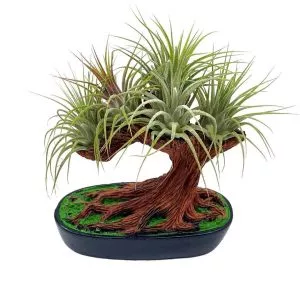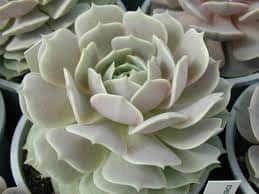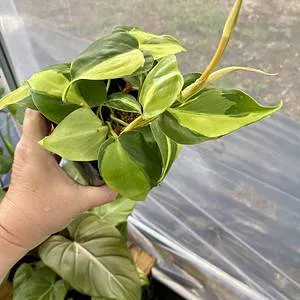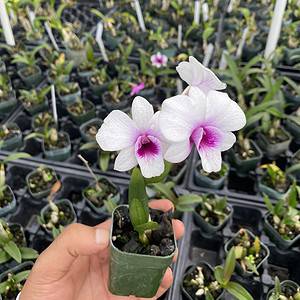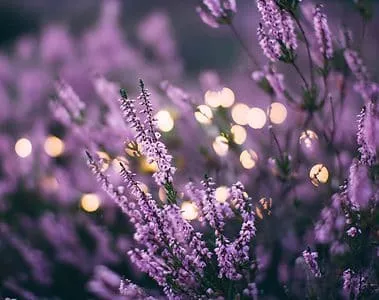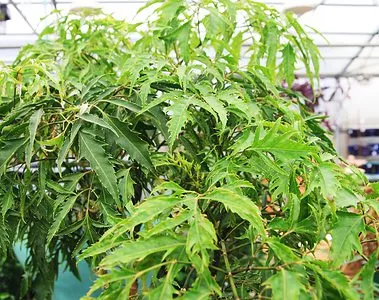No products in the cart.
Table of Contents
One creative way to decorate your wall is to plant a vertical garden. Hanging fresh herbs, flowers, and greenery will add life to any bare wall space. And you’ll be surprised at what significant impact it could have on your life.
Walls are a perfect canvas for creating a beautiful mess of a garden. There are various vertical garden design ideas that you could fit into your small space to make your living wall.
What is a Vertical Garden

A vertical garden is a new level of garden structure where the gardener utilizes vertical space, indoors or outdoors, for planting. A vertical garden was built in an urban setting with only small spaces.
This creates a more refreshing look that benefits both humans and the environment.
The concept of green walls, also known as living walls or vertical gardens, is attributed to the French botanist Patrick Blanc.
He pioneered this innovative approach to gardening with his inaugural project in 1988, where he adorned the exterior of the Museum of Science and Industry in Paris with a lush vertical installation.
Since then, Blanc’s creations, which he fondly refers to as living paintings or vegetal walls, have been commissioned and installed in numerous locations worldwide, indoors and outdoors.
His work has inspired a global movement towards incorporating nature into built environments through these striking living artworks.
Benefits of Wall Gardening
Putting up a vertical garden structure is beneficial in many ways. If you still have doubts about it, read below the advantages of investing in this modern type of garden.
Increased Yields
Vertical gardening allows more plants to be grown in a smaller footprint using vertical space. This maximizes the available growing area and can significantly increase yields per square foot compared to traditional row gardening.
With multiple tiers or levels of planting, vertical gardens essentially multiply the productive growing space, leading to higher overall yields from the same ground area.
Cucumbers, beans, melon, peas, squash, and tomatoes can be grown in vertical gardening and produce high yields.
Breaking The Monotonous Style

Some wall designs are plain, and they get dull over time. Adding a touch of colorful flowers, greeneries, and other favorite plants can make a huge change. Any bare space will spring out of life with the presence of plants.
In highly urbanized areas where almost everything you see is buildings, a vertical garden will serve as a break from all the solid lines and forms you see in the infrastructures.
Saves Energy and Water
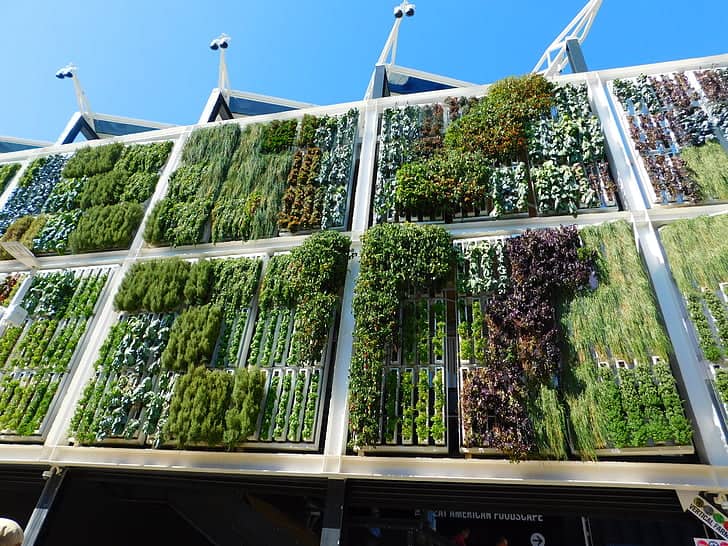
The vertical orientation of the garden is designed to minimize water consumption. You can water from the top and allow the excess water to drip below the remaining indoor plants. Some vertical garden systems have built-in automated water equipment.
It also allows total sun exposure, enabling plants to harness enough energy for photosynthesis.
The vertical garden may also serve as thermal insulation during cold periods, while it may have a cooling effect during hot weather. Such functions could help reduce the building’s electricity cost.
Privacy

Do you know plants are also suitable for sound and noise reduction and absorption? If you don’t want to bother over something that’s going on on your neighbor’s property, a vertical garden is a way to go.
It also provides another layer of cover to any open space, so people from the outside won’t easily see what’s inside your building.
In stock In stock In stock In stock
$8.99
Sold By:
Succulent Oasis
$15.00Cactus Plant -Small Grafted ‘Moon Cactus’ Brilliant Yellow. Adds color to your terrarium or garden.
Only 3 available and it’s in 2 people’s basket Rated 4.84 out of 5 based on 352 customer ratings00
Sold By:
Succulent Oasis
$29.99
Sold By:
BubbleBlooms
Bonsai Air Plant Tree, Air Plant Holder with Live air plants, plant gift
Rated 4.81 out of 5 based on 279 customer ratings00
Sold By:
BubbleBlooms
$7.99 – $9.99
Sold By:
Succulent Oasis
Echeveria ‘Lola’ Succulent | Beautiful Rosette in Shades of Pale Green and Lavender
Rated 4.84 out of 5 based on 352 customer ratings05
Sold By:
Succulent Oasis
$9.99
Sold By:
BubbleBlooms
Echeveria purpusorum, 4 inch Urbinia Purpusii, Dudleya Purpusii, Rare Succulent, Variegated plant, Dark Black Echeveria, Rosette Shape
Rated 4.81 out of 5 based on 279 customer ratings03
Sold By:
BubbleBlooms
Space Saver
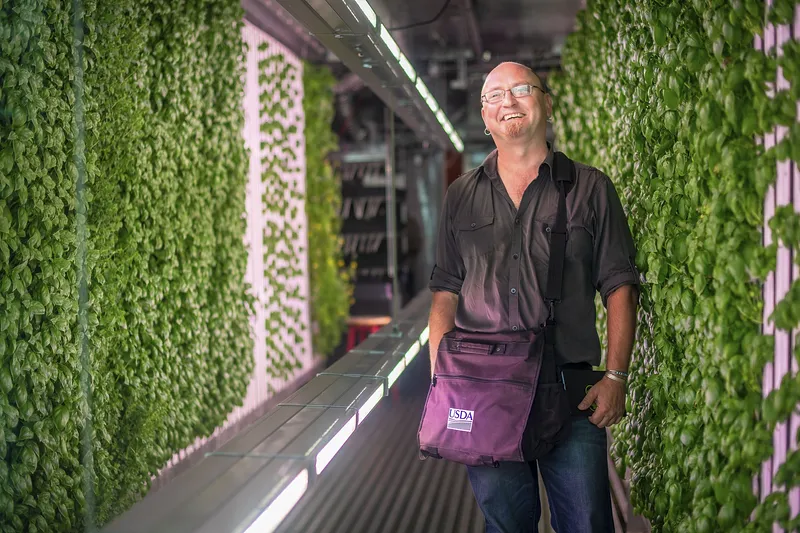
We understand how difficult it is to acquire ample space in urban areas. But that’s the edge of constructing a vertical garden. You don’t need too much space to get started. All you need is a vertical space like your very own wall.
Unique

Another benefit of having a vertical garden is that it creates a unique view. This garden design is very much different from the traditional design. Hence, it’s often highly attractive.
Adds Value to Your Property

Installation of a vertical garden is costly. If you add this to your existing property, it can be considered a worthwhile investment. Once you sell the property, you could top up the value of the vertical garden, considering that it’s well-maintained.
Increases Biodiversity

Once there’s an existing garden, other living organisms, such as insects and birds, are drawn because of the microclimate that it creates. The same principle applies when installing a vertical garden in your area, especially in urban areas.
Gardeners can also grow numerous plants like perennial vines, herbs, flowers, and greenery in their living walls, making the whole setup diverse.
Vertical Gardening Plants
Herbs/Edible plants
To those fond of cooking, one way to keep your herbs within arm’s reach would be to create your vertical herb garden.
Basil, dill, chives, cilantro, and marjoram are just some of the herb plants you could plant in planters, baskets, or small pots to hang on the wall.
Apart from giving you a consistent supply of herbs, this garden will also produce herbal scents around the house.
Columnar Plants
- Sky Pencil Holly (Ilex crenata ‘Sky Pencil’)
- Italian Cypress (Cupressus sempervirens)
- Dwarf Alberta Spruce (Picea glauca ‘Conica’)
Annual Vines
- Morning Glory (Ipomoea spp.)
- Black-eyed Susan Vine (Thunbergia alata)
- Sweet Pea (Lathyrus odoratus)
Perennial Vines
- Clematis (Clematis spp.)
- Climbing Hydrangea (Hydrangea anomala subsp. petiolaris)
- Trumpet Vine (Campsis radicans)
Shady Vines
- English Ivy (Hedera helix)
- Climbing Hydrangea (Hydrangea anomala subsp. petiolaris)
- Virginia Creeper (Parthenocissus quinquefolia)
These plants are suitable for vertical gardening and can thrive in various conditions, providing vertical interest and greenery to your garden space.
Best Vertical Garden Ideas
After selecting the plants you’ll grow, now is the time to decide on the design of your vertical garden. Here are some recommendations for you:
Plant Wall

A plant or green wall is a vertical wall that’s intentionally covered with vegetation or various types of greenery. It has a built-in growing medium to serve as the substrate for the growing plants.
DIY Vertical Planter
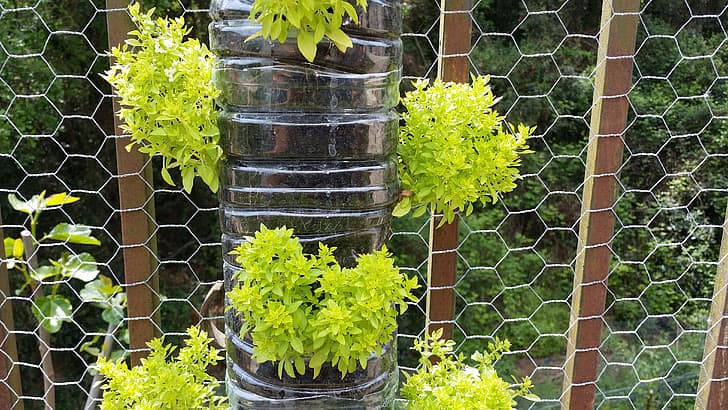
You can create your DIY vertical planter. This way, you have the liberty to make the design that you prefer. To make the planter, you can use recycled tires, fences, wood, and other materials.
Hanging planters with trailing plants
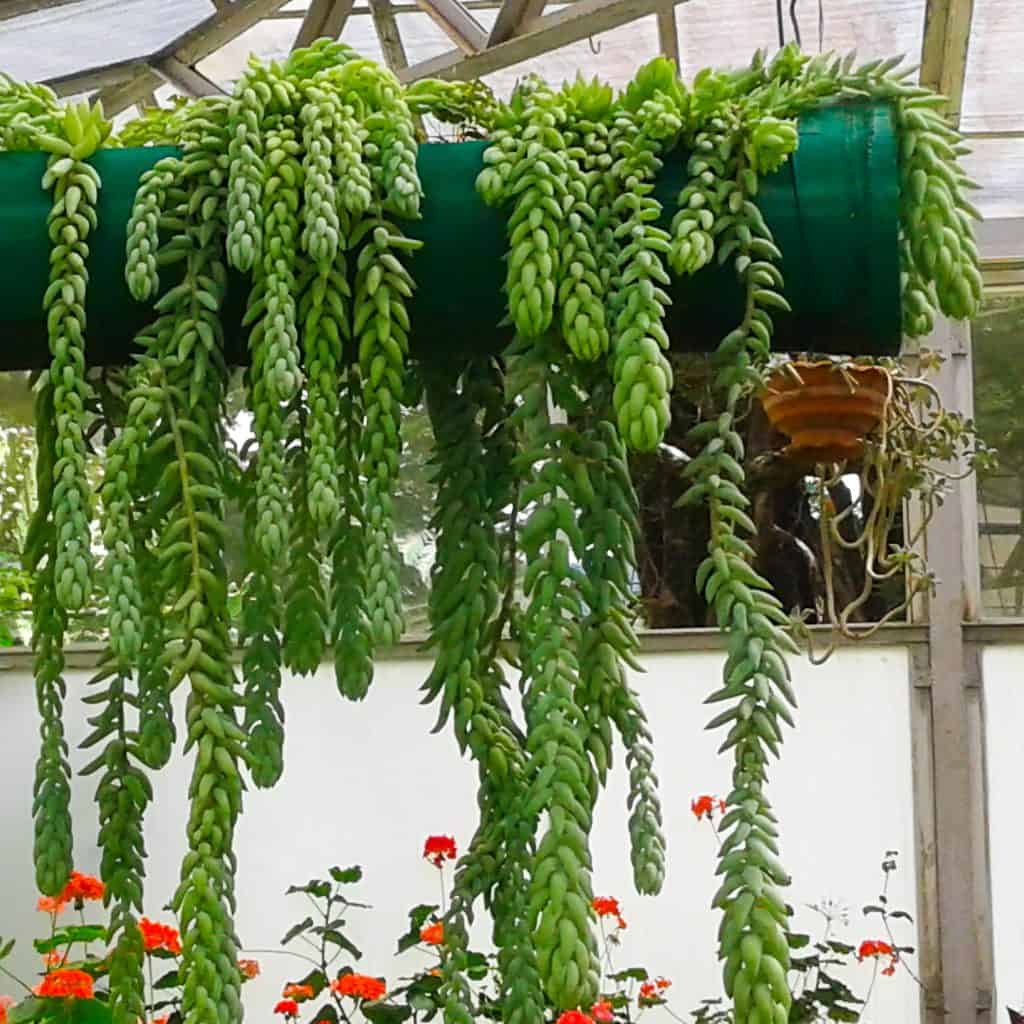
Use a hanging planter and colorful string to make a simple wall garden. Those tiny plants in pots will undoubtedly look good when combined. This design saves you money. You can also incorporate macrame hangers to achieve a boho look.
In stock In stock (can be backordered) In stock Only 1 left in stock
$4.50
Sold By:
Cacti and Exotica
2″ Sunrise succulent
Rated 4.98 out of 5 based on 59 customer ratings00
Sold By:
Cacti and Exotica
Free Shipping
$17.00
Sold By:
Gar-Zen Botanical Design
Purslane “Morning Star” Edible Organic Herb Ships Free.
Only 19 available and it’s in 1 people’s basket Rated 4.86 out of 5 based on 49 customer ratings00
Sold By:
Gar-Zen Botanical Design
$16.00
Sold By:
Smoot's Farm
Philodendron Hederaceum Brasil 4 Inch Pot Live Variegated Plant
Only 4 available and it’s in 1 people’s basket Rated 4.89 out of 5 based on 27 customer ratings00
Sold By:
Smoot's Farm
Free Shipping
$233.09
Sold By:
BONSAI WORLD LLC
Juniper Bonsai Tree – Trained (juniper procumbens nana)
Sold By:
BONSAI WORLD LLC
Wood Pallet design
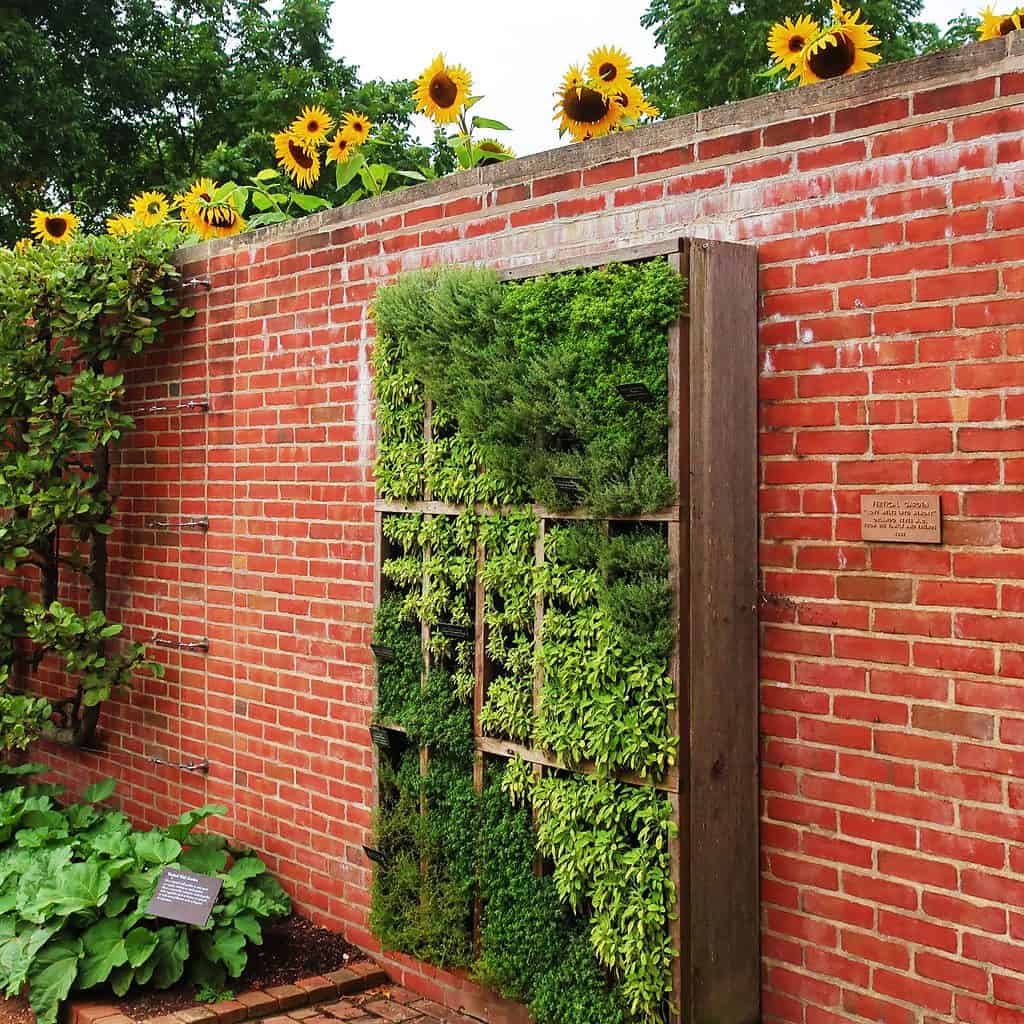
Wood pallets have been used in many types of indoor furniture, and you can use them as frames for your living wall. Pallets are thick, and they can hold growing media. They’re more suited for planting more prominent species.
Pocket System
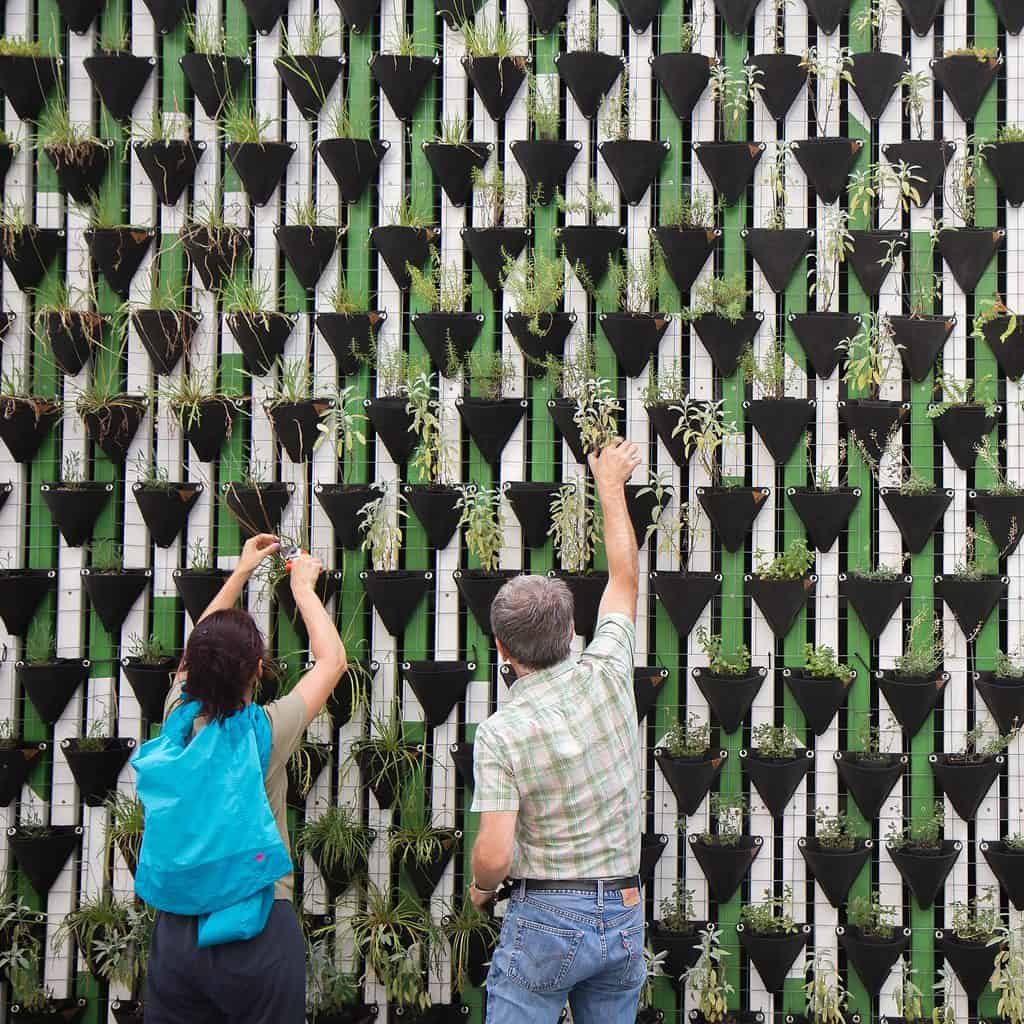
This vertical garden idea makes use of pocket panels where you can grow the plant. This system creates a uniform look and will likely provide overall wall coverage.
Succulent Wall

The succulent wall is another vertical garden idea wherein you could plant different succulent varieties in frames or planting boxes.
You then attach the frame to the wall vertically. You can use other shapes of frames like triangles, circles, rectangles, and ovals to create variety.
Symmetrical Wall Garden
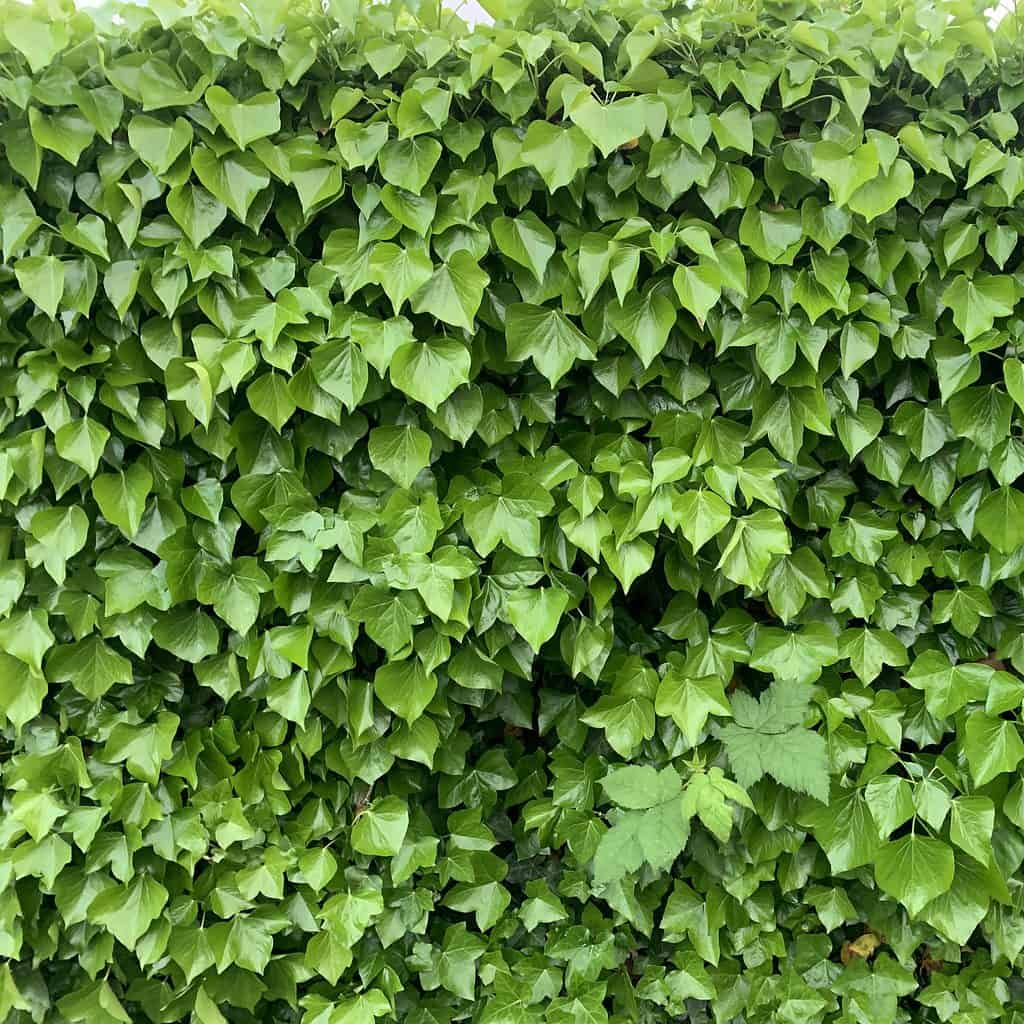
The symmetrical garden often has similar plants established on each side to provide a vertical balance on the wall. The color of the plants is arranged in a way that creates symmetry and continuity.
Hedge Wall

A hedge wall is a vertical design idea similar to a backdrop. It often consists of plain green foliage. The hedge wall is versatile because you can add other designs depending on the occasion.
Steel Matting Vertical Garden
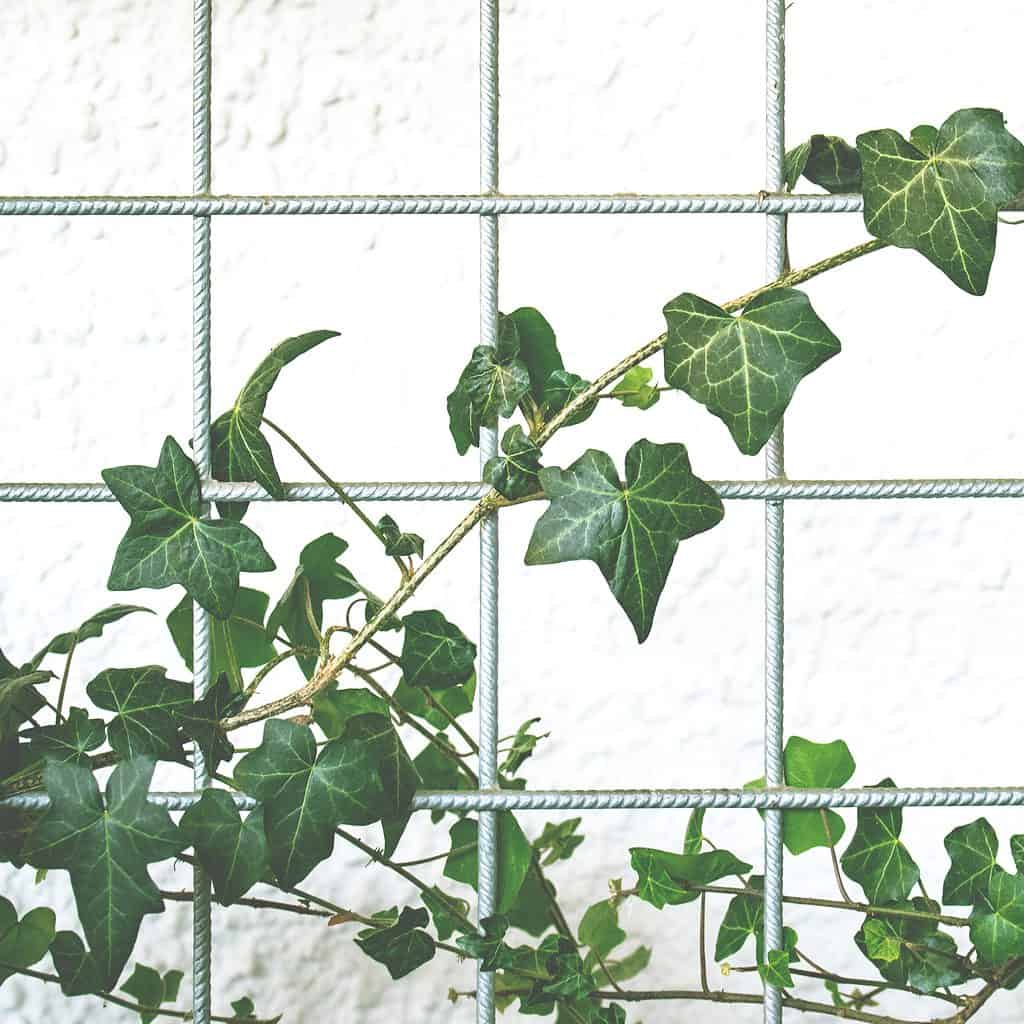
Steel matting is a common material used for installing a vertical garden. The mesh wire creates a grid on the wall where you can hang planters, pots, or baskets. You can easily mount and detach it from the wall.
Frequently Asked Questions
Installation of a vertical garden can be more costly than the traditional garden. It can also potentially damage the infrastructure from where it is installed if not appropriately managed.
A vertical garden requires more maintenance. The more complicated designs require expertise to make them successful and sustainable.
Make sure the container from where you put the soil mix is sturdy. Don’t put heavy soils but amend it with plenty of light materials like perlite, moss, and coco peat.
A well-maintained vertical garden can last about 4 to 6 years. You would need to do maintenance along the way, of course, like poting mix refill, and replanting among others.
When the soil begins to dry out, it’s time to water. For succulent plants, less watering is needed.
Yes, watering can cause moisture build up on the wall which may encourage mold growth after.
Whether you want to buy, sell or simply reach out to other plant enthusiasts, Plantly is the right place to be!
In stock In stock In stock In stock
$5.00
Sold By:
Sparkys Thriftway
uniheat heat packs
Rated 5.00 out of 5 based on 1 customer rating00
Sold By:
Sparkys Thriftway
$6.75
Sold By:
Succulent Oasis
Heat Pack 72 Hours
Only 13 available and it’s in 1 people’s basket Rated 4.84 out of 5 based on 352 customer ratings00
Sold By:
Succulent Oasis
$12.00
Sold By:
Stripes and Variegations
Cephalocereus Senilis – Old Man Cactus 4″ Pot
Only 1 available and it’s in 1 people’s basket
Sold By:
Stripes and Variegations
$34.99
Sold By:
Aloha Hawaii Orchids
$39.99Dendrobium Jasmine Comes in 2″ Pot
Rated 4.65 out of 5 based on 268 customer ratings00
Sold By:
Aloha Hawaii Orchids

